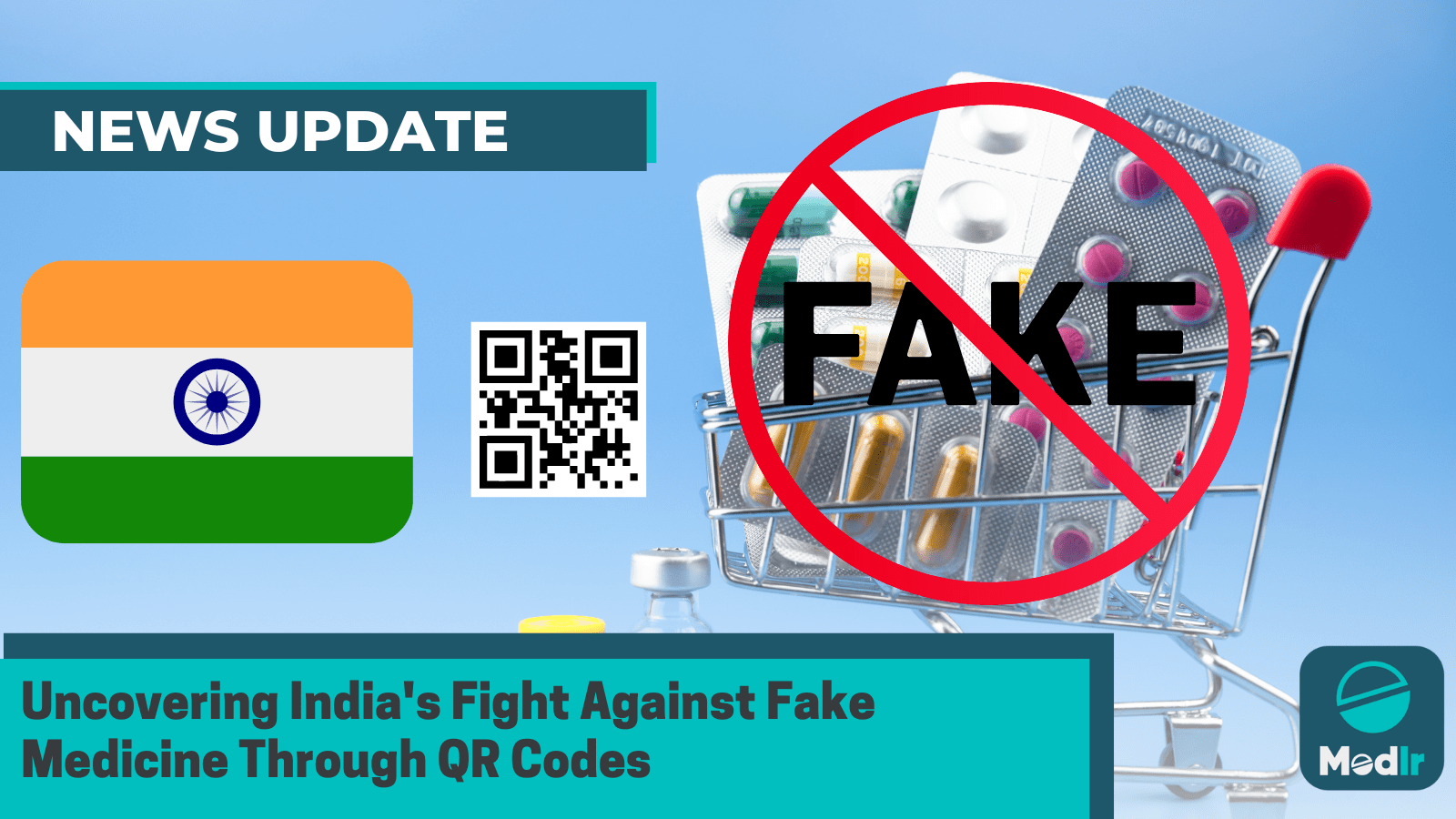Uncovering India's Fight Against Fake Medicine Through QR Codes
Written by Shaveta Arora, Arushi Sharma
Discover how India is combatting counterfeit medicines by implementing QR codes on pharmaceuticals.

India will enforce QR codes or barcodes on top-selling 300 pharmaceutical brands starting August 1, providing essential information for consumers to authenticate their purchases. This 'track and trace' system aims to counteract counterfeit and sub-standard medicines. Users can scan the QR code to retrieve vital details like manufacturing license, batch number, manufacturing and expiry dates, and manufacturing license number, ensuring the quality and legitimacy of the drugs used.
The QR code will be used to identify widely-sold medications, contributing to around Rs 50,000 crore in the pharmaceutical retail market. This includes essential medicines like antibiotics, cardiac pills, pain-relief tablets, anti-diabetics, and anti-allergics. Key drugs include Mixtard and Glycomet-GP for diabetes, Augmentin and Monocef for infections, and Pan for gastro-related issues. These medications make up a significant portion of the domestic retail market, valued at over Rs 2 lakh crore.
The Drugs Control General of India (DCGI) has issued strict directives to pharmaceutical companies, warning of potential penalties and encouraging associations to ensure compliance with new requirements.
Ten years ago, incorporating QR codes on medicines faced delays due to the domestic pharma industry's lack of readiness and inadequate software and technological infrastructure.
CDSCO mandated the integration of QR codes or barcodes on drug formulations produced after August 1, 2023, regardless of manufacturing site location, in November 2022.